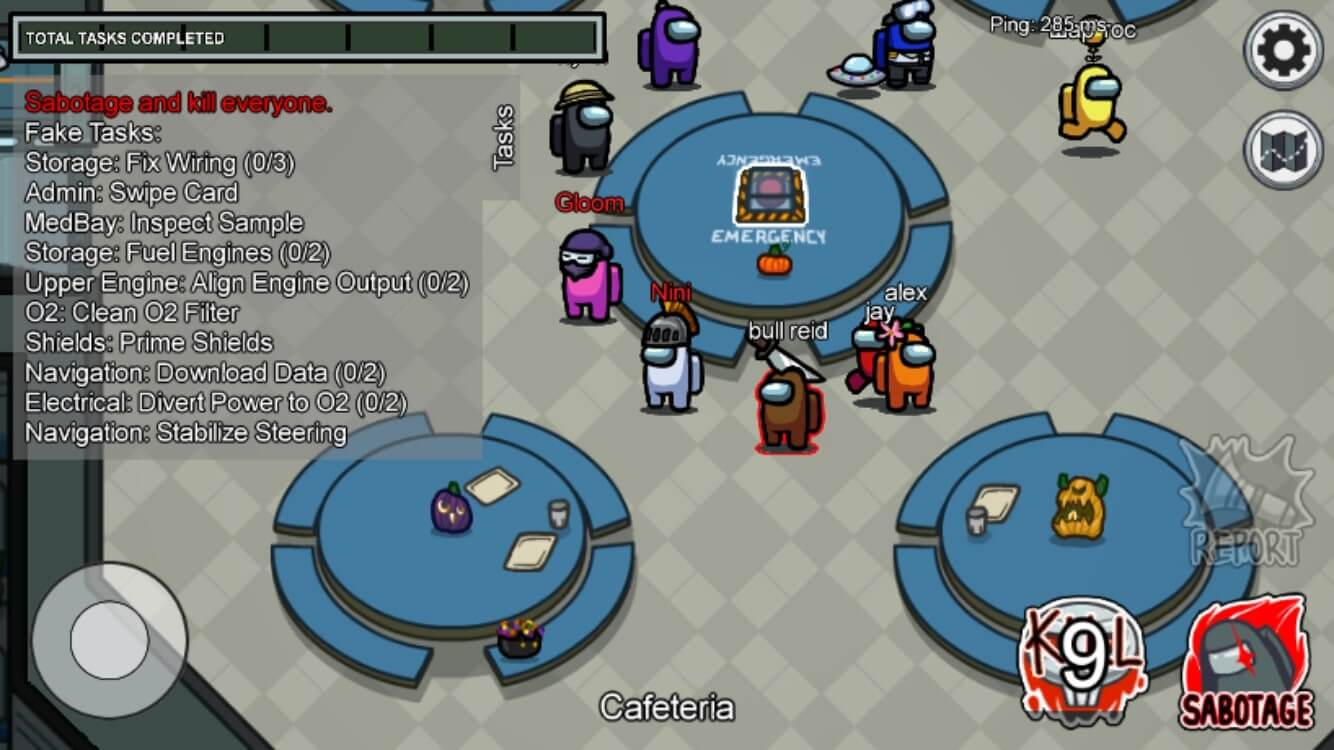Introduction
Among Us, the popular online multiplayer game, has taken the world by storm since its release in 2018. While primarily known for its entertainment value, the game has also found its way into classrooms as a valuable educational tool. Teachers are creatively incorporating Among Us into their lesson plans to engage students and promote critical thinking skills.
Why Among Us?
Among Us is a game that requires players to work together to complete tasks while identifying impostors among them. This concept of deduction and problem-solving makes it an ideal game for educational purposes. Teachers have found that the game encourages teamwork, communication, and strategic thinking among students.
How are Teachers Using Among Us in Classrooms?
Teachers are using Among Us in a variety of ways to enhance learning experiences for their students. Some common methods include:
- Setting up Among Us tournaments to reward students for good behavior or academic achievements
- Using the game to teach lessons on critical thinking and deductive reasoning
- Creating custom tasks related to course material for students to complete within the game
- Facilitating discussions about trust, deception, and collaboration based on gameplay
Benefits of Using Among Us in Education
The use of Among Us in education offers numerous benefits for both teachers and students. Some advantages include:
- Increased student engagement and motivation
- Development of critical thinking and problem-solving skills
- Enhanced communication and teamwork abilities
- Opportunities for creative lesson planning and integration of technology

FAQs

Q: Is Among Us appropriate for all age groups?
A: Among Us is generally considered suitable for older children and teenagers due to its complex gameplay mechanics and theme of deception.
Q: How can teachers ensure that Among Us is used effectively in classrooms?
A: Teachers should establish clear objectives for using Among Us in their lesson plans and provide guidance to students on how to apply lessons learned from the game to real-life situations.
Q: Are there any potential drawbacks to using Among Us in education?
A: Some potential drawbacks include issues with student behavior during gameplay, distraction from academic content, and the need for adequate supervision to ensure a positive learning experience.
Conclusion
Among Us has proven to be a valuable tool for educators looking to engage students in meaningful learning experiences. By harnessing the game’s unique gameplay mechanics and themes, teachers can foster collaboration, critical thinking, and communication skills in their classrooms. As the popularity of Among Us continues to grow, its potential as an educational tool is only beginning to be explored.

